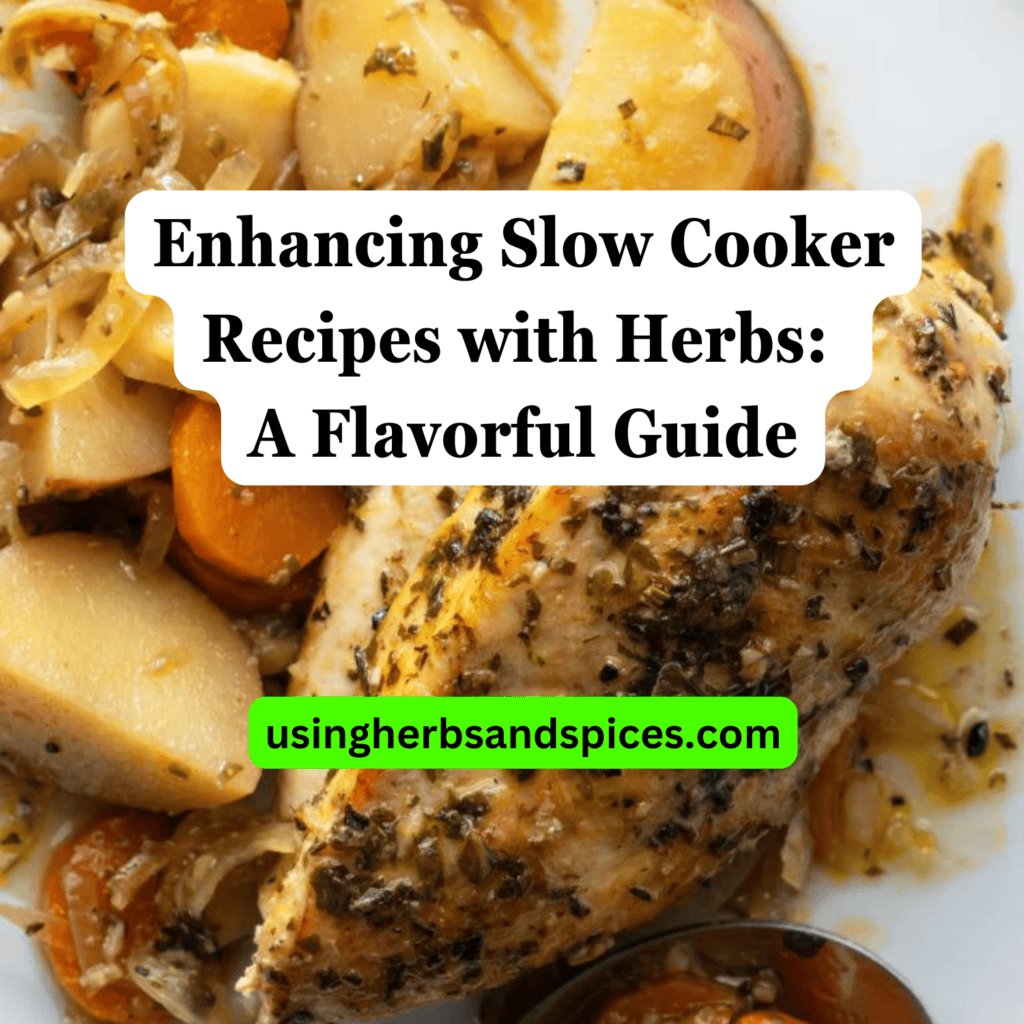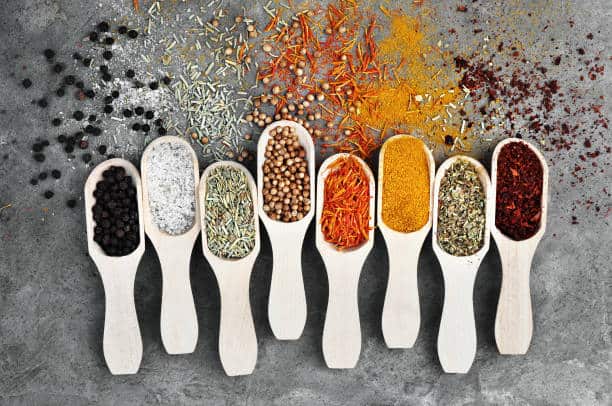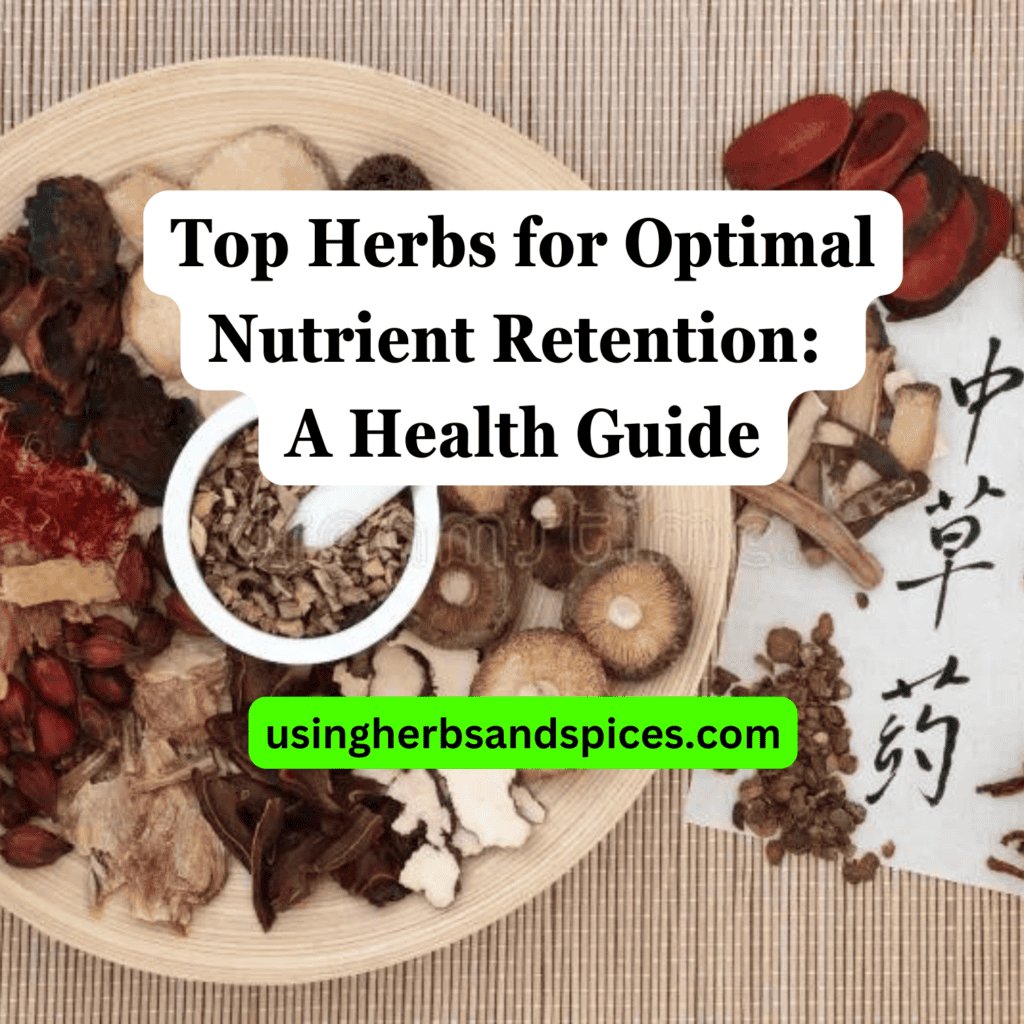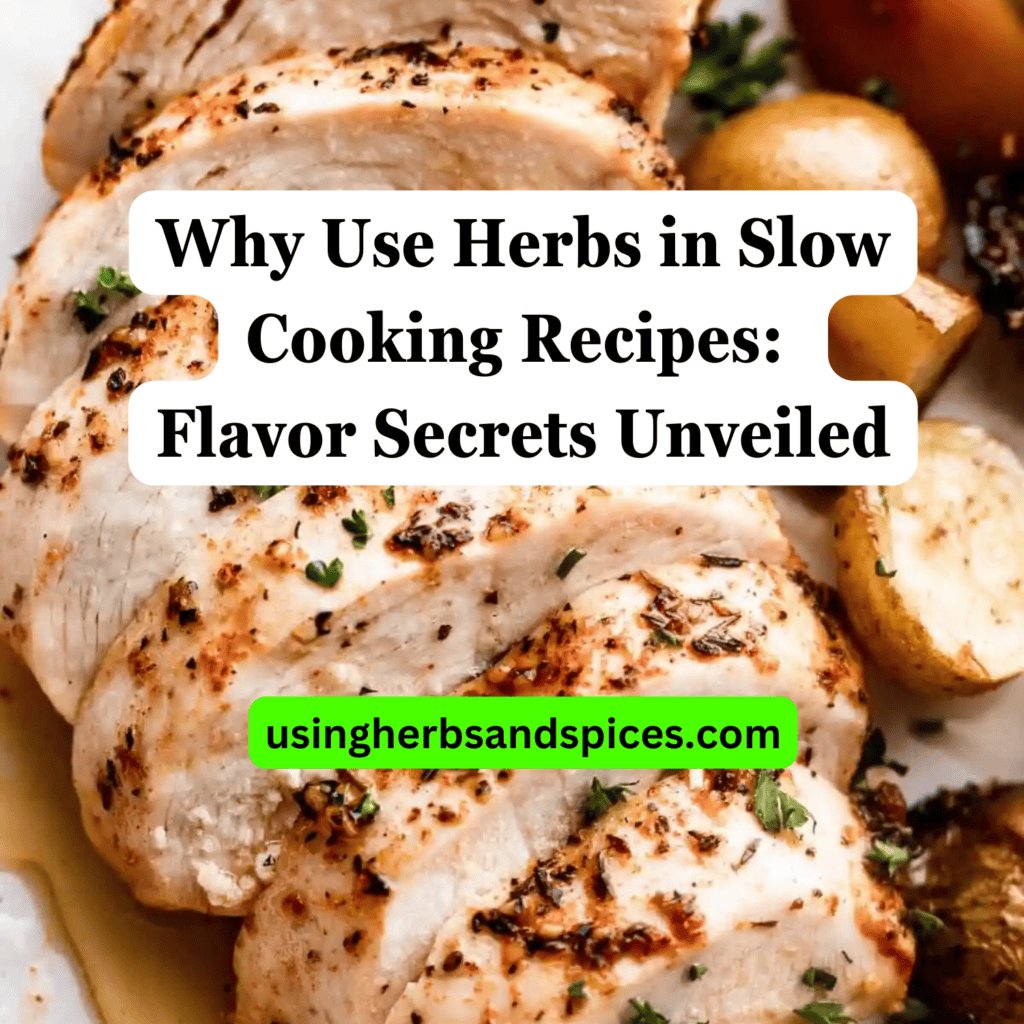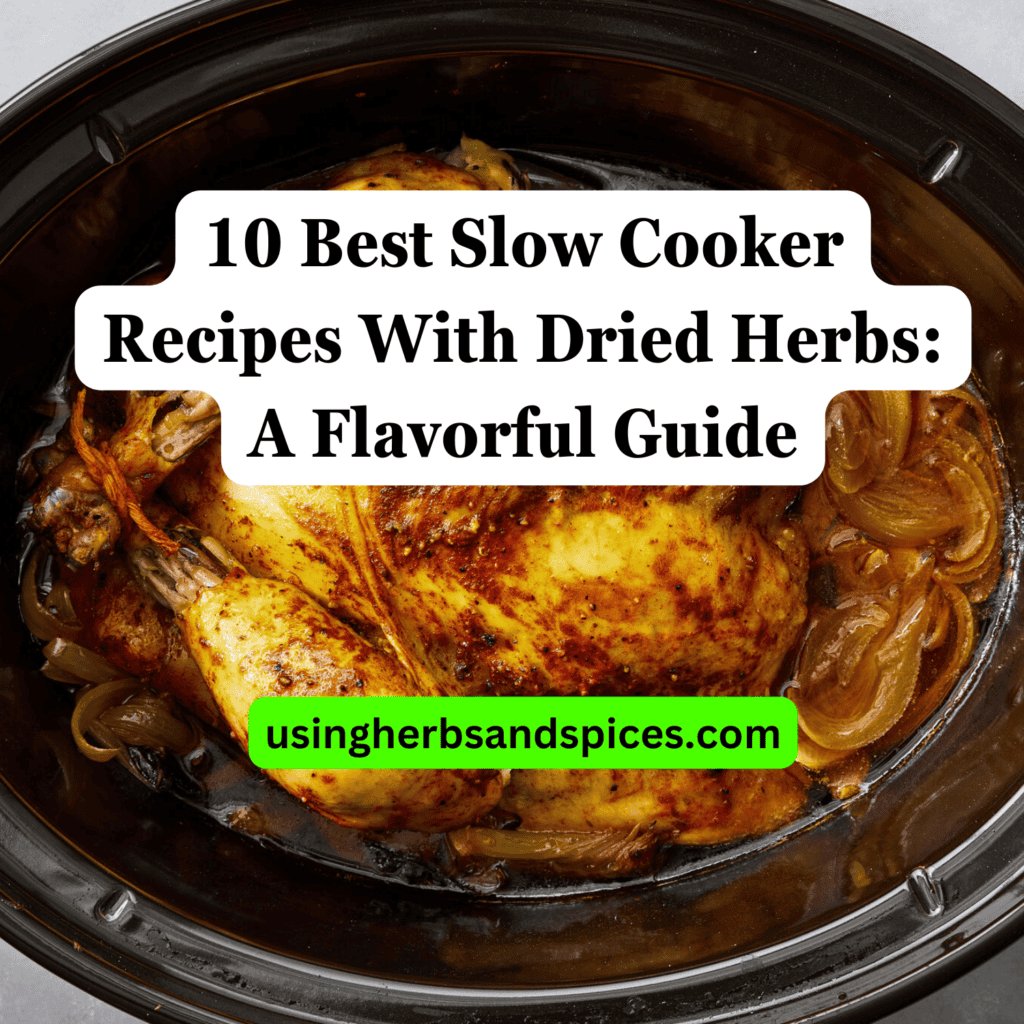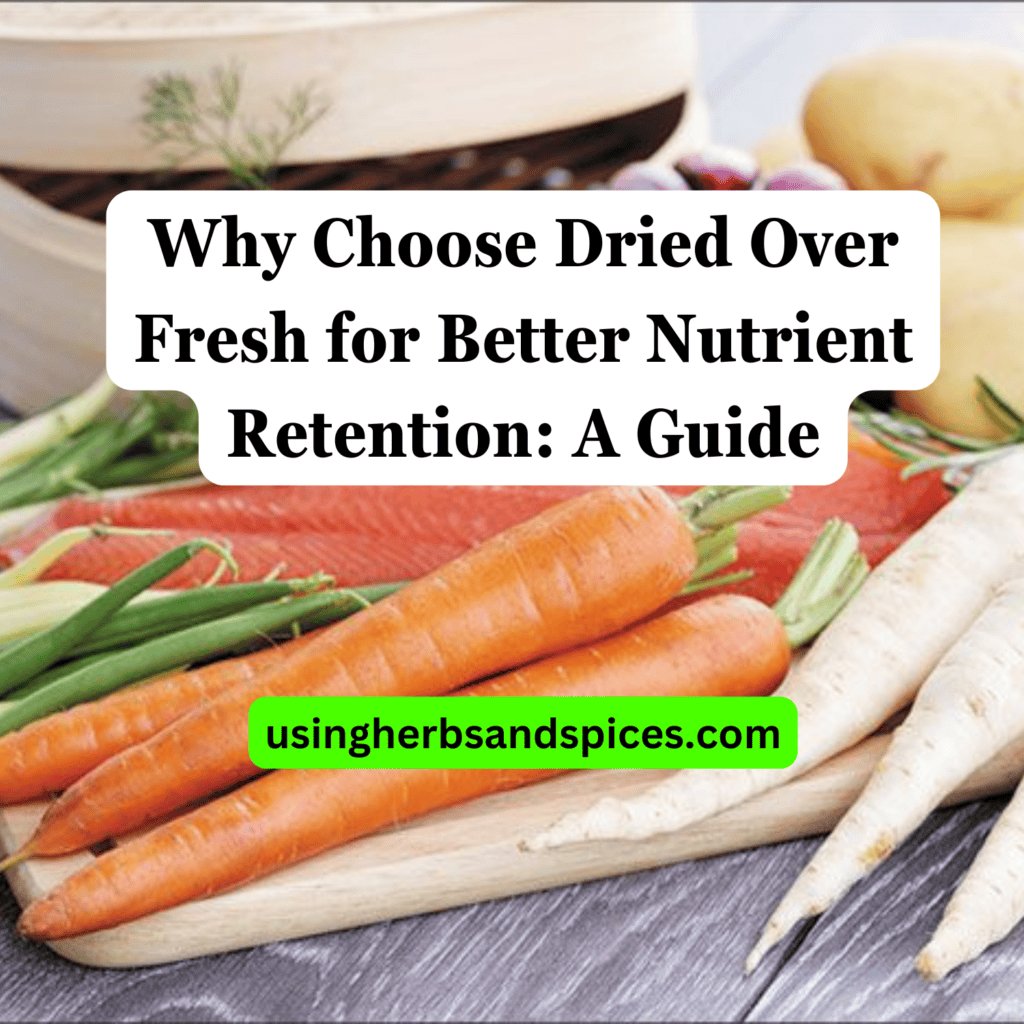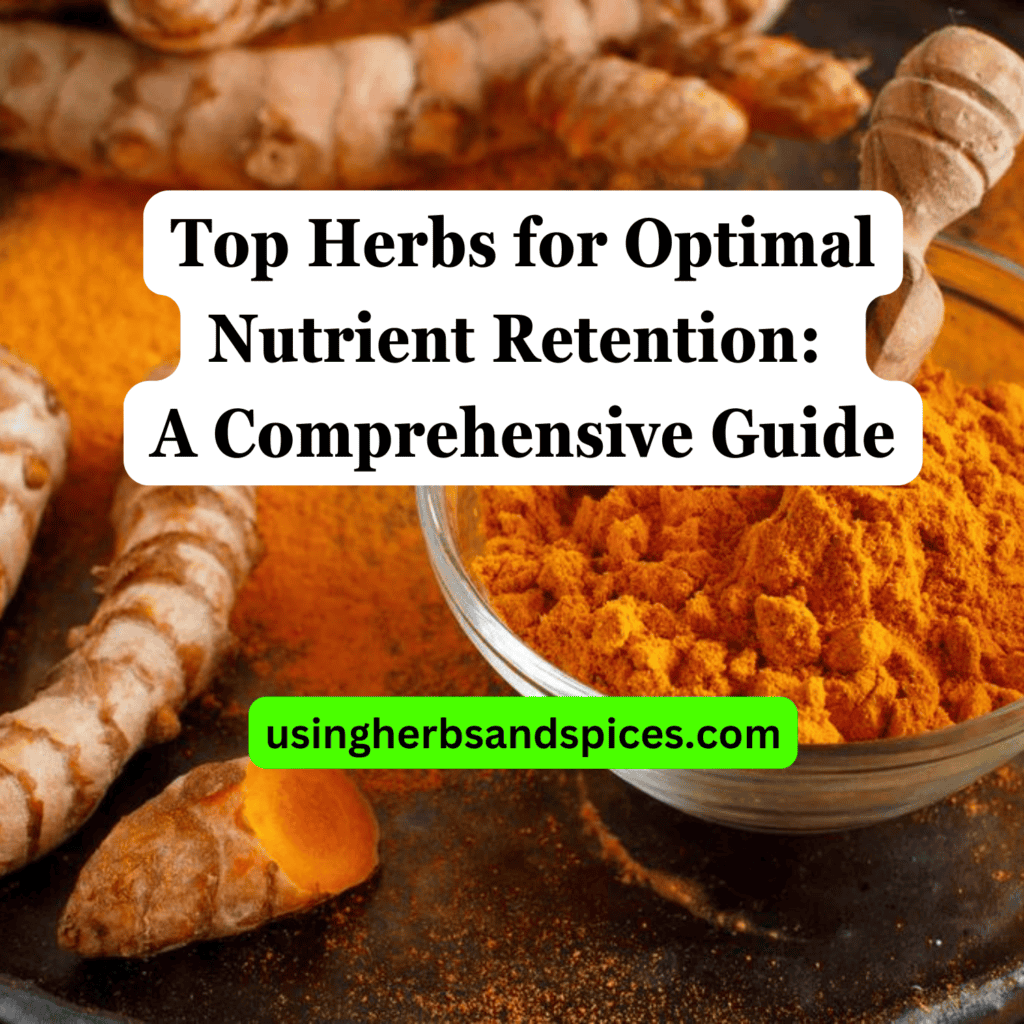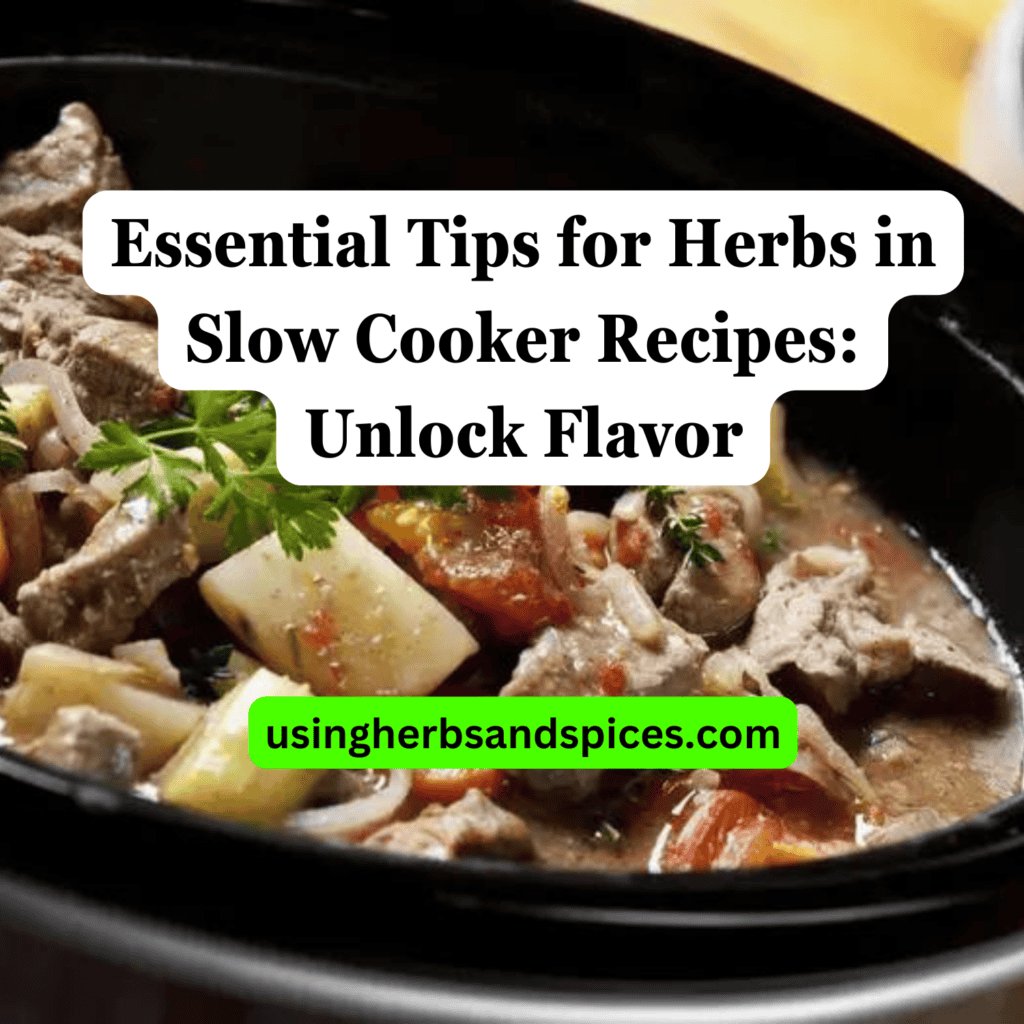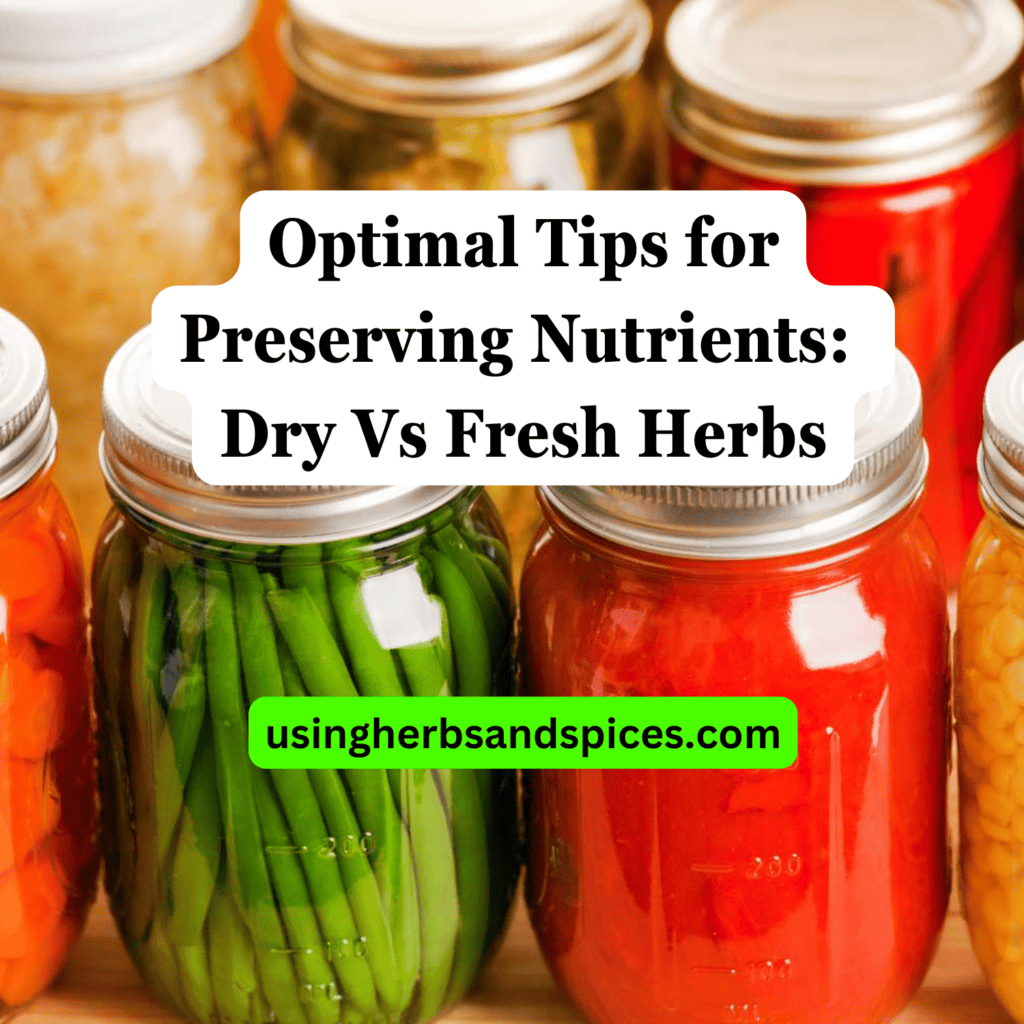SUMMARY: Dry herbs pack a punch in slow-cooked meals, bringing out rich flavors over time, while fresh herbs add a vibrant touch and color when added towards the end. Knowing when and how to use each type can transform your slow-cooked feasts into a masterpiece of flavors.
Ever wondered why your slow-cooked recipes never taste quite as vibrant as you hoped?
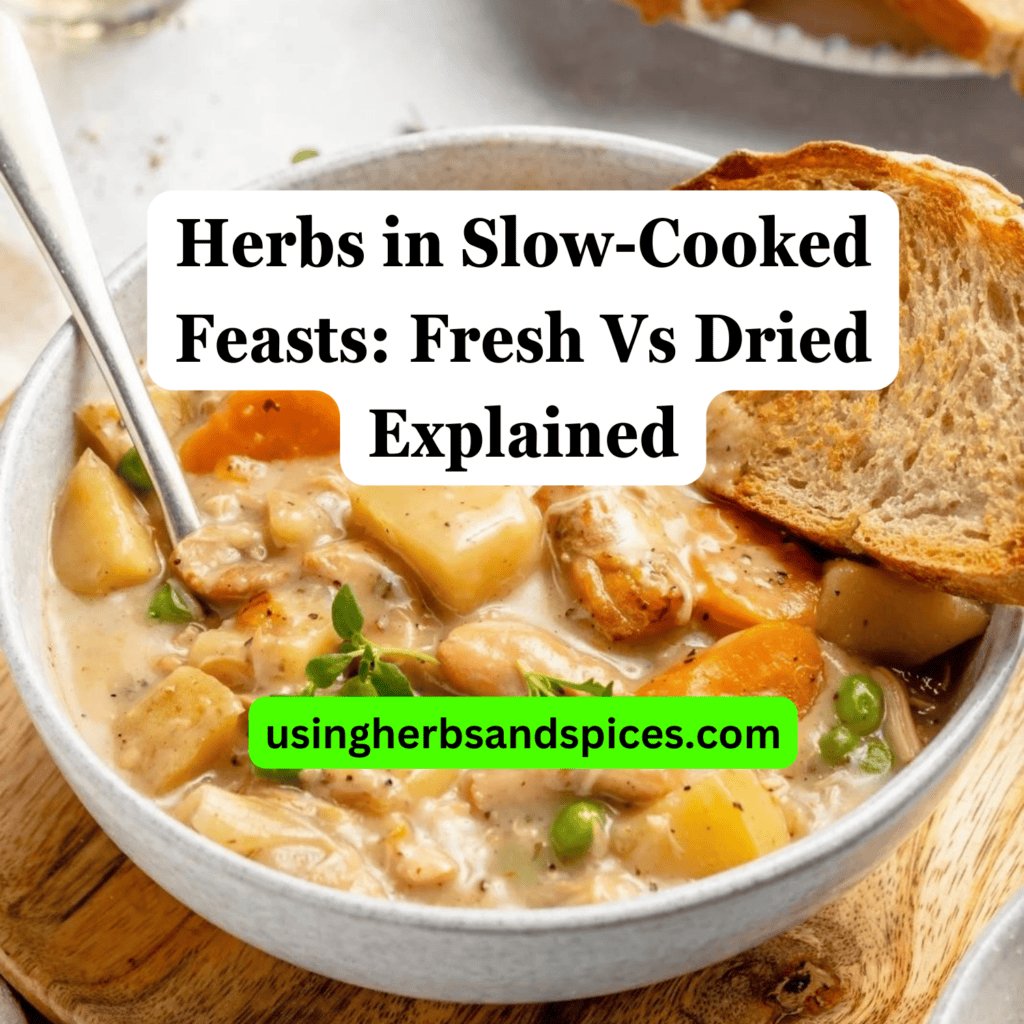
We’re here to explore how the choice between fresh and dried herbs can make all the difference.
- The distinct characteristics and benefits of dry herbs in slow cooking.
- Identifying the perfect moments to choose fresh over dried.
- Combining fresh and dried herbs for a harmonious flavor profile.
- Expert tips on maximizing herb flavors in your slow-cooked dishes.
Continue reading to discover how to elevate your slow-cooked feasts with the optimal use of herbs.
Understanding Dry Herbs
Dry herbs carry a distinct charm, especially when it comes to slow-cooked recipes. Their concentrated flavors, which are the result of the drying process, imbue dishes with depth and complexity over the long cooking periods. Unlike their fresh counterparts, dried herbs can withstand hours of simmering, releasing their flavors gradually and blending seamlessly with other components of the dish.
- Dried herbs are more powerful than fresh, so you’ll need less. The general rule of thumb is to use one-third the amount of dried herbs when substituting for fresh.
- The best time to add dried herbs to your slow cooker is at the beginning of the cooking process. This allows ample time for their flavors to meld into the dish.
- Some of the most beloved dried herbs for slow cooking include thyme, rosemary, oregano, and bay leaves. Each brings a unique flavor profile that can significantly enhance the taste of your feasts.
Understanding these aspects of dried herbs can transform your approach to slow cooking, leading to richer, more flavorful meals that comfort and delight in equal measure.
When to Use Fresh Herbs
In the realm of slow-cooked feasts, fresh herbs serve a distinct purpose, setting them apart from their dried counterparts. Opting for fresh herbs is particularly advisable when the dish requires a burst of color, a delicate aroma, or a nuanced flavor that might otherwise be lost during the long cooking process. Fresh herbs are also superior in recipes where they can be added towards the end of cooking, preserving their vibrant color and fresh taste, which can elevate the dish to new heights.
Another scenario in which fresh herbs shine is in dishes that are traditionally lighter and might benefit from a more subtle herbaceous note. Think of fresh basil in a slow-cooked tomato sauce, where it can be added just before serving to impart a touch of freshness. Or consider the role of fresh parsley in a casserole or stew, not just as a garnish but as an integral component that brightens the overall dish.
Furthermore, fresh herbs often contain essential oils that provide a complexity and depth of flavor not always found in their dried counterparts. This is particularly true for herbs like cilantro, with its lively and bright citrus notes, or mint, which can offer a cool, refreshing element to slow-cooked dishes.
Ultimately, the decision to use fresh herbs in slow cooking revolves around the desired outcome in terms of flavor, texture, and color. While dried herbs contribute to the foundational flavors of a dish developed over hours of cooking, fresh herbs can introduce an immediate, aromatic quality that enhances the final presentation and taste.
The Interaction Between Fresh and Dried Herbs
The relationship between fresh and dried herbs in slow cooking is more complementary than competitive. Fresh herbs generally offer a brighter, more vibrant flavor, best added towards the end of cooking to preserve their essence. Conversely, dried herbs, which have a more concentrated, robust flavor, are ideal for the prolonged cooking process, melding and infusing the dish with depth over time.
This unique dynamic ensures that both fresh and dried herbs can coexist harmoniously in a slow-cooked feast. Incorporating both types can achieve a layered complexity of flavors that neither could accomplish alone. For example, adding dried rosemary early in the cooking process infuses the dish with a hearty baseline, whereas a garnish of fresh parsley before serving adds a burst of freshness and color that elevates the meal significantly.
Understanding when and how to use each type of herb allows for culinary creativity and flexibility. It’s also essential to consider the potency of dried herbs; a good rule of thumb is to use one-third the amount of dried herbs to fresh herbs when making substitutions. This balance ensures that the essence of the herbs enhances rather than overwhelms the dish.
The synergy of fresh and dried herbs provides an avenue for exploration and experimentation in slow-cooked feasts, enriching dishes with flavors that are as nuanced as they are delightful.
Best Practices for Using Herbs in Slow Cooking
Maximizing the flavor of herbs in slow-cooked dishes requires a blend of art and science. Here are some best practices to enhance your culinary creations:
- Layer Your Herbs: Start with dried herbs at the beginning of cooking to build a foundation of flavor. Consider adding fresh herbs towards the end to introduce brightness and complexity.
- Consider Cooking Time: The longer the cooking time, the more suited dried herbs are for your recipe. Fresh herbs are best added in the last hour of cooking to prevent them from becoming too muted or losing their vibrant color.
- Be Mindful of Quantity: Because dried herbs are more potent than fresh, a good rule of thumb is to use one-third the amount of dried herbs when substituting for fresh. This ratio can be adjusted according to personal taste and the strength of the herb.
- Crush Dried Herbs: Lightly crushing dried herbs between your fingers before adding them to your dish can help release their flavors.
- Freshness Matters: Ensure your dried herbs are fresh by checking their color and aroma before use. They should be vibrant and fragrant, not dull and musty. Fresh herbs should look lively and not wilted.
- Storage Solutions: Store dried herbs in a cool, dark place and fresh herbs wrapped loosely in a damp paper towel in the refrigerator to maintain their potency.
By adhering to these practices, you can elevate your slow-cooked meals from good to gourmet with the strategic use of herbs. The gradual melding of flavors afforded by slow cooking creates an optimal canvas for herbs to express their full potential, allowing both dried and fresh varieties to shine.
Fresh vs. Dried Herbs in Slow Cooking
In the realm of slow-cooking, the choice between fresh and dried herbs is more than just a matter of taste—it’s a decision that influences the depth and complexity of your dishes. Here are the critical takeaways:
- Dry herbs offer concentrated flavors and are ideal for longer cooking times, infusing the dish with rich, nuanced tastes.
- Fresh herbs, on the other hand, are best added towards the end of cooking to preserve their vibrant color, texture, and flavor.
- The synergy between fresh and dried herbs can elevate a dish, with each type playing a distinct role in flavor development.
- Understanding when and how to use each form of herb is key to crafting unforgettable slow-cooked feasts.
Herbs in Slow-Cooked Feasts FAQs
Can you substitute dried herbs for fresh in slow cooking recipes?
Yes, you can substitute dried herbs for fresh in slow cooking recipes, but it’s crucial to adjust the quantity used. Typically, one part dried herb is equivalent to three parts fresh herb due to the concentrated flavors of dried herbs. This adjustment ensures your dish achieves the desired depth of flavor without becoming overpowering.
How do you properly store fresh and dried herbs for slow cooking?
Fresh herbs should be stored in the refrigerator, wrapped in a damp paper towel, and placed in a plastic bag, lasting about a week. Dried herbs, however, should be kept in airtight containers in a cool, dark place to preserve their potency and can last up to a year. Proper storage is key to maintaining their flavors and aromas.
What are the top herbs to use in slow cookers for maximum flavor?
The top herbs to use in slow cookers for maximum flavor include rosemary, thyme, oregano, and bay leaves. These herbs robustly withstand long cooking times and contribute complex flavors to slow-cooked dishes. Adding them at the correct stage of cooking can significantly enhance the taste of your meals.

